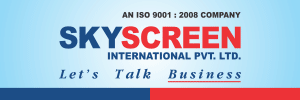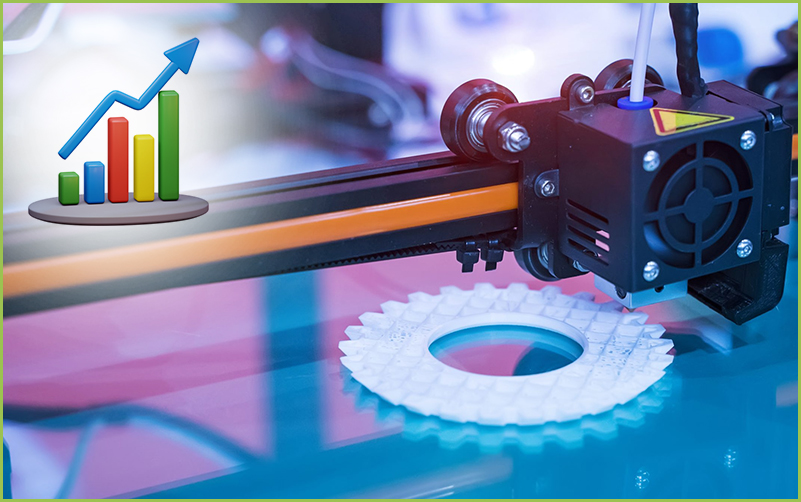
3D Printing Materials is s $29.5 Billion Opportunity: IDTechEx
23 June 2022: 3D printing used to be synonymous with low-cost thermoplastics for less demanding applications, it now sees more unique and high-performance materials enter the market annually, from metal-matrix composites to bio-ceramics to recycled plastics. This portfolio of compatible materials continues to expand as end-users demand higher quality products, greater choice, flexibility, and in the case of prototyping, materials that accurately mimic the final product’s appearance and behavior.
With users spanning valuable industry verticals like medicine, automotive, and aerospace, there is a continuing drive to expand the materials market for AM. With every new material launch, comes an additional application for 3D printing to explore. This segment of the 3D printing value chain represents a tremendous opportunity: IDTechEx forecasts that the global market for 3D printing materials will be worth $29.5 billion in 2032.
Since the 2010s boom in desktop printing, polymers have become the public face of the AM materials market. In terms of tonnages, they are still the most in-demand class of materials for 3D printing. When asked about additive manufacturing, most people show familiarity with low-cost filaments like PLA and PETG. However, with this familiarity comes the perception that polymer 3D printing is only suitable for simple applications like prototyping.
Polymers: One of the more popular performance polymers are fiber-reinforced polymer matrix composites (FRPs). The strength and stiffness benefits brought by carbon fiber are undeniable, and exploration into continuous carbon fiber extrusion opens a new opportunity for complex composite parts. Beyond composites are high-temperature thermoplastics, which materials suppliers and printer OEMs continue to tune for ease of printability. Additional polymers receiving interest include foams, recycled plastics, bio-based polymers, and polymers with additives like nanocarbons.
Metals: With metal additive manufacturing, powders are the dominant feedstock, comprising the majority of revenue and mass demand in the metal materials market. However, with cost and printability considerations in mind, printer OEMs are beginning to examine alternate feedstocks for metal 3D printing. One long-standing competitor is lower-cost metal wire, compatible with wire-directed energy deposition, that other processes are beginning to incorporate like a magnetohydrodynamic deposition. Another is metal injection molding pellets, which pellet extrusion companies are utilizing to extrude parts at even cheaper prices than metal polymer filament extrusion, a different emerging metal feedstock.
Additive Manufacturing Materials: IDTechEx’s new report on the 3D printing materials market (2022-2032) forecasts future revenue and mass demand for the AM materials market while carefully segmenting the market by seventy-five different forecast lines across four major material categories. Additionally, IDTechEx provides comprehensive material benchmarking studies alongside detailed analysis on the AM materials market.
www.IDTechEx.com/3DPMats






